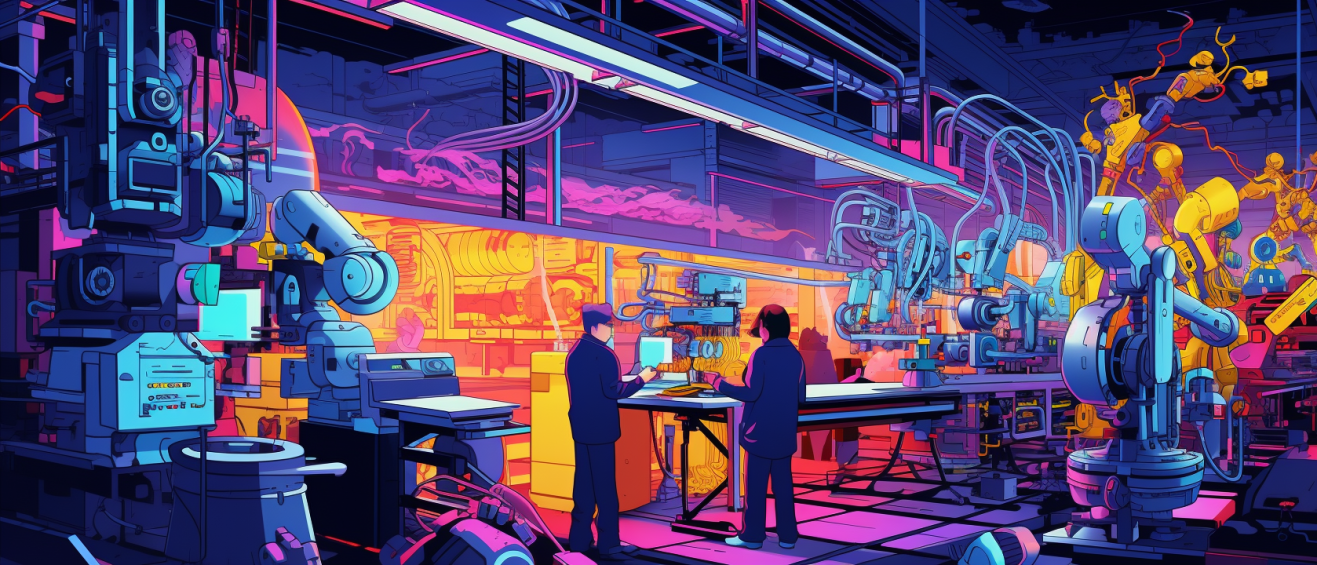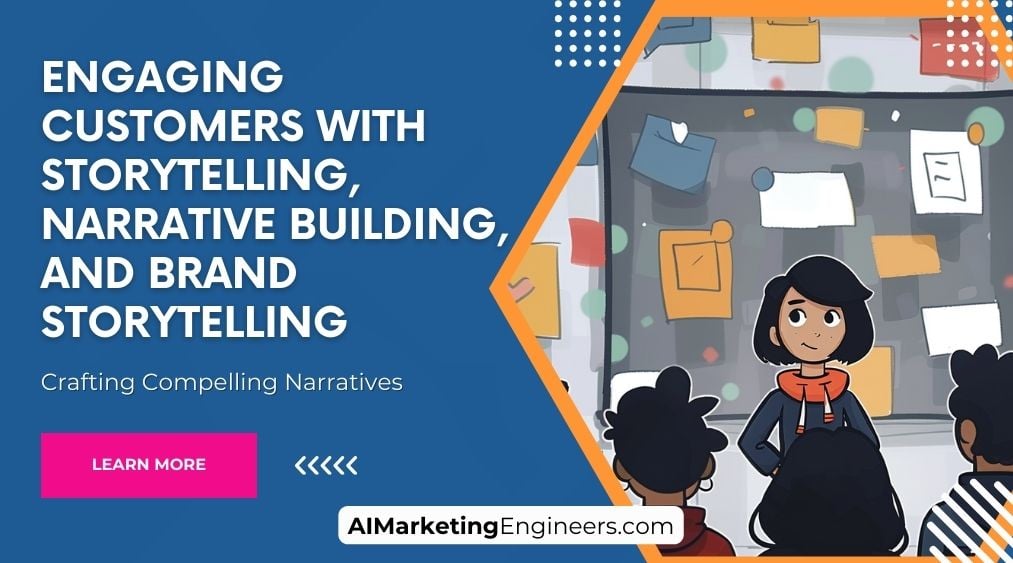Key Takeaways
✅ Boosting Efficiency with AI: With AI-driven smart factories, anticipate a sharp uptick in productivity. Real-time data helps prevent costly downtime, ensuring your factory runs like a well-oiled machine—literally!
✅ Quality Control Reimagined: Detect flaws before items leave the assembly line with AI's eagle-eye precision. Happy customers, fewer returns, and a brand that stands for quality? That’s the AI advantage.
✅ Decisions Powered by Data: Let AI crunch the numbers to unveil patterns and forecasts, guiding your strategic moves. Knowledge isn't just power; it's profit and progress, too.
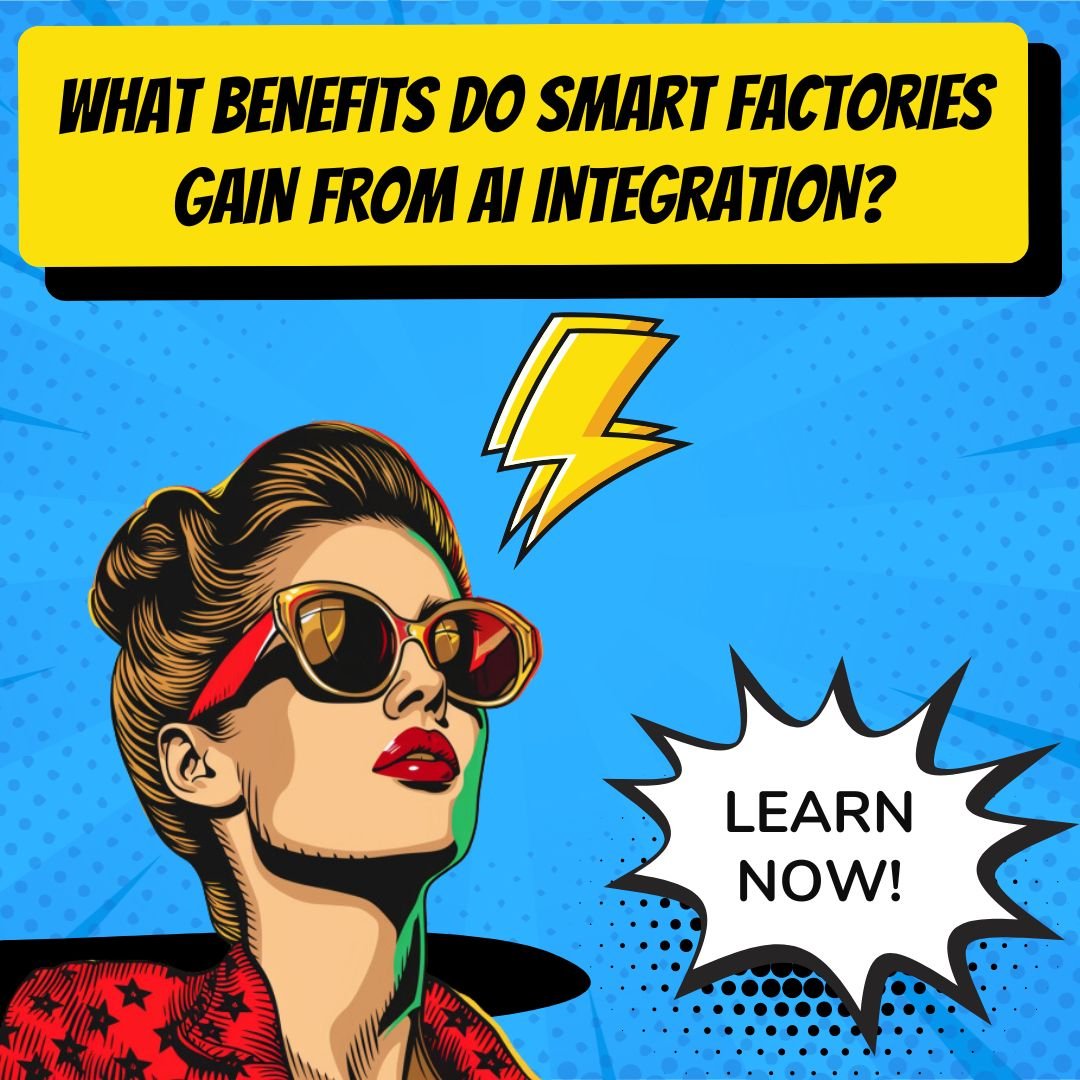
Introduction
Ever wondered how AI is reshaping the world of manufacturing? We're talking about serious, game-changing stuff. Smart factories aren't just a buzzword—they're a bold leap into a future where machines and data combine to make things better and faster. And with predictive maintenance, goodbye sudden breakdowns and hello smooth sailing!
Let's peek into a world where production lines practically think for themselves. Imagine cutting-edge tech that not only pumps up your productivity but also keeps an eye on quality like never before. What about transforming heaps of data into decisions that sharpen your competitive edge?
Stay with me. In this article, we're not just talking theory. We're diving headfirst into real-world examples, modern fixes, and yes, those precious nuggets of wisdom that could dial up your revenue, optimize your spending, and maybe even redefine your return on investment. Get ready for a guided tour through AI's transformative power in manufacturing, and who knows? You might just find the key to unlock your factory's potential. Buckle up; it's going to be quite the ride.
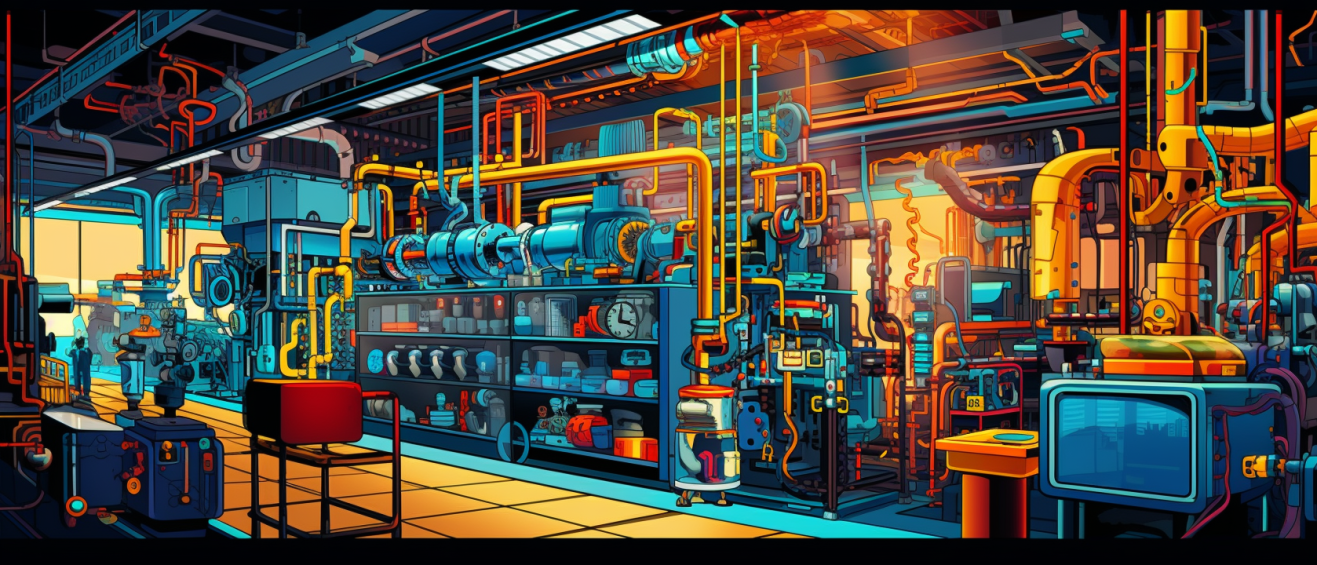
Top Statistics
| Statistic | Insight |
|---|---|
| AI in Manufacturing Market Size: Valued at $1.67 billion in 2020, with a CAGR of 40.2% from 2021 to 2028. (Source: Grand View Research) | This explosive growth signifies a major shift towards the automation and intelligence revolution in manufacturing industries. |
| Predictive Maintenance Market Size: Projected to reach $12.35 billion by 2025, growing at a CAGR of 25.2% from 2020 to 2025. (Source: MarketsandMarkets) | This prediction spotlights the increasing importance of maintenance foresight in industry operations, aiming to prevent downtime and save costs. |
| AI Investment in Manufacturing: The industry accounts for 25% of all AI investments in 2020. (Source: International Data Corporation) | Manufacturers are betting big on AI, expecting it to be a game-changer in enhancing efficiency and competitive edge. |
| Adoption of AI-driven Predictive Maintenance: 68% of manufacturers have already implemented or are planning to. (Source: McKinsey & Company) | The eagerness to adopt speaks to an industry wide acknowledgment of the power of AI to foresee and fix before failure. |
| Predictive Maintenance Use: 75% of manufacturers expected to employ by 2025. (Source: Gartner) | Predictive maintenance is no longer a 'nice-to-have' but a must to stay on top of equipment health and productivity. |
| Smart Factory Market Projection: Expected to reach $155.34 billion by 2026, with a CAGR of 12.4% from 2021 to 2026. (Source: Fortune Business Insights) | Smart factories represent not just a technological leap but a complete reimagining of manufacturing ecosystems. |
AI in Manufacturing: Transforming Production Floors
You've heard that factories are getting smarter, right? But what does that actually mean? Smart factories are a game-changer in manufacturing. They're like your smartphone—brilliant and connected. These factories use Artificial Intelligence (AI), a vast network of sensors (also known as the Internet of Things or IoT), and data from the cloud to make decisions on the fly. Pretty neat, huh? Imagine a production line that adjusts itself in real-time to avoid bottlenecks, or a robot that can tell when it's about to break down and fixes itself before causing downtime. The essence here is that efficiency goes through the roof while costs are cut down.
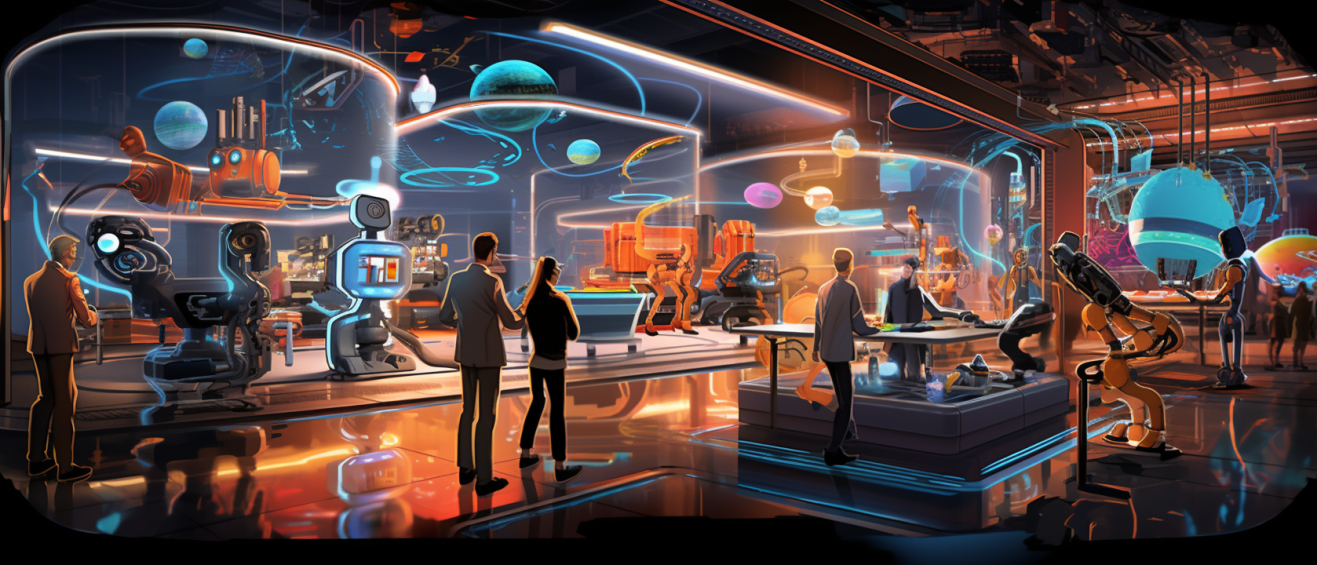
The Rise of Smart Factories
Picture the old assembly lines and now give them a brain. That's the transformation we're talking about. Traditional factories are undergoing a massive upgrade. They're being fitted with sensors everywhere—on machines, products, and even workers. These sensors collect a ton of data that is sent to the cloud and analyzed using AI. The coolest part? These smart factories can learn over time and find the best way to do things, whether it's speeding up production or saving energy. This translates to getting products out the door faster, being able to customize them without a big fuss, and, more importantly, being able to adapt swiftly to what customers want.
Predictive Maintenance
You know that feeling when your car breaks down, and you wished you knew earlier? Predictive maintenance is like a fortune teller for machines. Equipments don't just break down out of the blue anymore. Thanks to AI and machine learning, they can predict issues before they even happen. How? Machines send out little hints—vibrations, sounds, temperatures—that something might go wrong. AI picks up on these and alerts humans or even other machines. The result is fewer surprises, less downtime, and maintenance only when it's needed, not just because it's been six months since the last one.
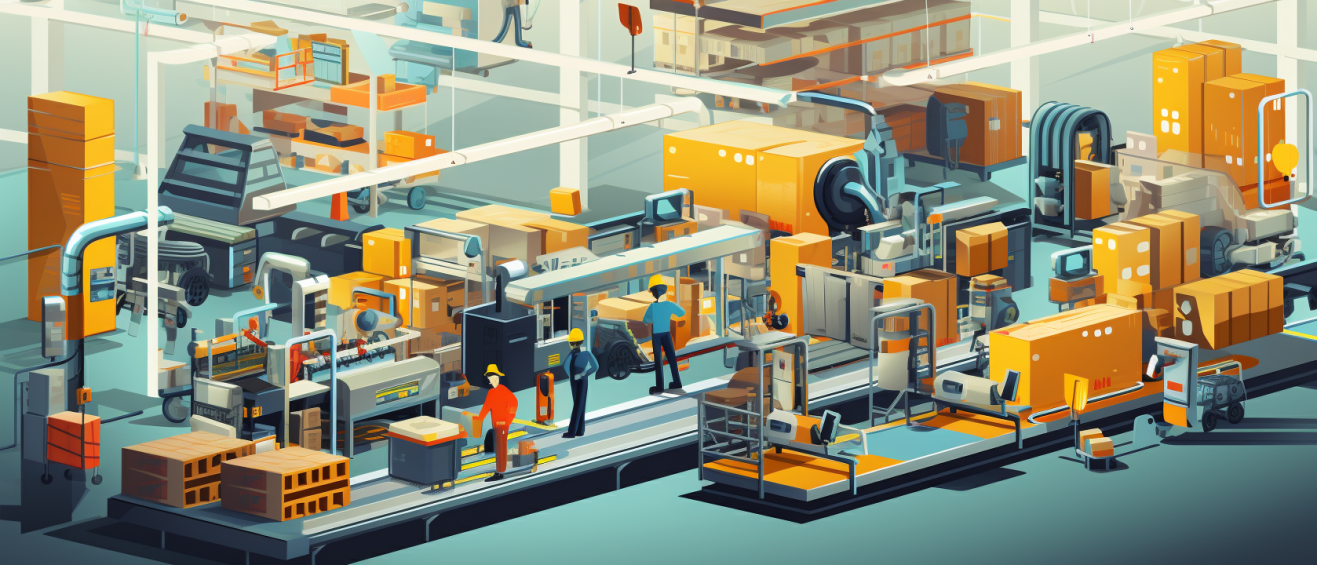
Challenges and Opportunities
It's not all sunshine and rainbows, though. Getting these AI systems to work in a factory isn't like flipping a switch. Manufacturers can run into all kinds of headaches like making sense of the data they collect or keeping it safe from hackers. And let's not forget, many factories have been around for years, so integrating AI with older equipment can be like teaching your grandma to use a smartphone—possible, but it takes patience. But the payoff? Huge. Better product quality, less waste, and a supply chain that can practically run itself.
Case Studies
Let's talk real-life examples. Big names like General Electric and Siemens aren't just dipping their toes in AI; they're diving in headfirst. They're using AI to keep wind turbines spinning smoothly and jet engines running without a hitch. And look at BMW, using robots that work alongside humans, learning and adapting to new tasks. These stories aren't just about reducing downtimes or costs, they're about leapfrogging into the future of manufacturing with confidence.
Future of AI in Manufacturing
What's next, you ask? Imagine factories with systems so smart that they can make products pretty much by themselves (autonomous systems). Or factories that have digital twins in cyberspace, meaning you can test changes in a virtual world before making them for real. We're also looking at edge computing, bringing the brains of the operation closer to the action, reducing delays. The industry's on the brink of something huge; we're talking about a revolution that could redefine what it means to manufacture anything.
AI in manufacturing isn't just a fancy trend. It’s the difference between staying relevant or being left behind. Those who seize these technologies now could very well lead the industry tomorrow. Isn't it time to think about how AI could revamp your production line?
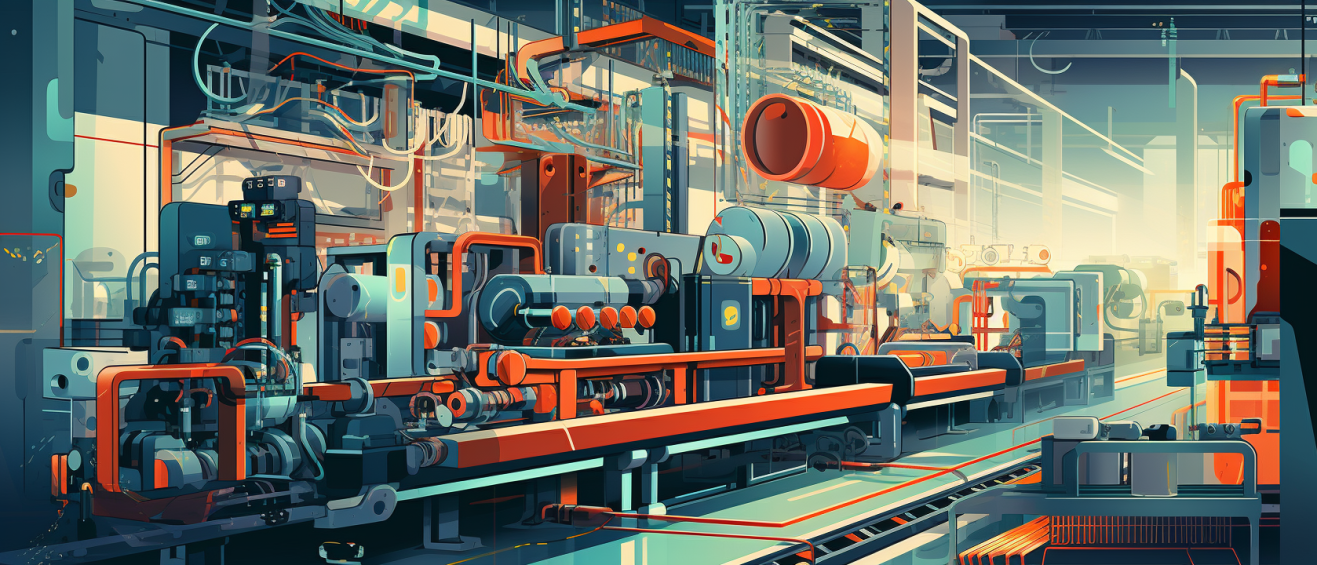
AI Marketing Engineers Recommendation
Recommendation 1: Integrate AI-driven quality control systems to ramp up production efficiency: In recent reports, manufacturers adopting AI in quality control saw a decrease in defects by up to 50%. Using high-definition cameras and real-time data processing, these smart systems can catch tiny imperfections on the assembly line that human eyes might miss. This not only saves money but also ensures that your products are top-notch. Are your current quality checks catching all the errors, or could an AI upgrade save you time and resources?
Recommendation 2: Leverage Predictive Maintenance to reduce downtime and extend equipment life: Evidence shows that manufacturers utilizing AI for predictive maintenance can anticipate equipment failure with impressive accuracy, before it even happens. This foresight can boost your operation's uptime significantly, with some studies showing a potential decrease in machine downtime by up to 50%. Do you know when your machines will need attention next, or will a sudden breakdown catch you off guard?
Recommendation 3: Implement a 'Digital Twin' to optimize your smart factory's performance. A 'Digital Twin' is basically a virtual model of your factory that helps you run simulations and analyze production without risking actual resources. These sophisticated tools, driven by AI, can provide insights on how to better your process flows, save energy, and reduce waste. Have you ever wanted to experiment with different factory setups without the risk or cost? A Digital Twin might just be the safe playground you need for your ideas.
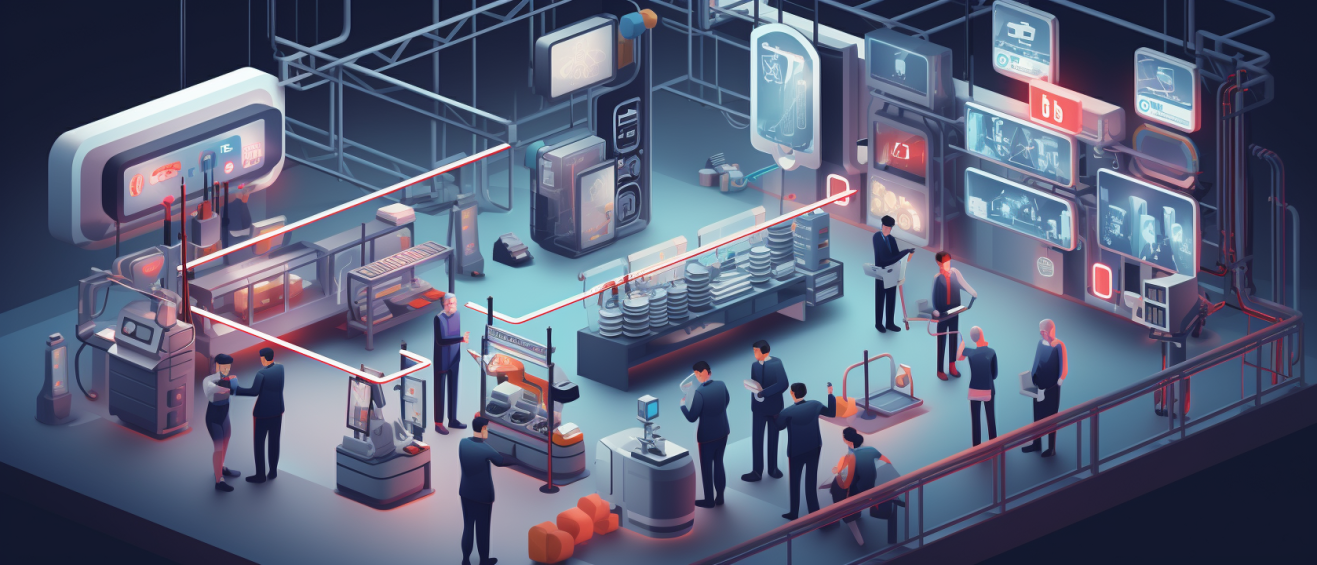
Relevant Links
Maximize Your Manufacturing Efficiency with AI
- The Smart Factory Revolution: How AI is Changing the Manufacturing Landscape
- Predictive Maintenance and AI: The New Power Couple in Manufacturing
- The Future of Factories: AI and the Rise of Autonomous Systems
Boost Your Marketing Strategy with AI
- ChatGPT: Your Secret Weapon for High-Converting Google Ads
- Navigate the Future: Top Digital Marketing Trends for 2024
- AI Ethics in Marketing: Safeguarding Your Brand and Customers
- The Impact of AI on Social Media Marketing: Strategies and Insights
Leverage AI Tools for Business and Marketing Growth
- Unlocking Business Growth with ChatGPT: Strategies for Small Businesses
- Exploring AI Tools: Transforming Business Operations and Strategy
- Mastering SEO and SEM with AI: Strategies for 2024
Marketing Analytics and Data Insights
- Advanced Analytics Techniques for ROI, ROAS, and LTV
- Essential Guide to Marketing Analytics: Making Data-Driven Decisions
- SEO Analytics Uncovered: Mastering Keyword and Traffic Strategies
Learning and Career Development in Digital Marketing
- Digital Marketing Course 2024: Unfold the Blueprint of Effective Marketing
- Discover the World's Top Marketing Schools and Programs
- Freelance Digital Marketing: Building a Successful Career
Conclusion
Picture this: a world where factories practically run themselves, where machines whisper their needs before they break down. Sounds a bit like a sci-fi movie, right? But it's not—it's the reality of manufacturing today thanks to AI and smart factories. As we've journeyed through the role of AI in predictive maintenance and the rise of smart technology in the industrial realm, it's clear that this is not just a passing trend; it's the future carving its name in the present.
Sure, there are hurdles on the path—integrating new tech with old, keeping all that data safe, and making sure everything communicates as it should. But let's not lose sight of the dazzling opportunities either. Imagine slashing down waste, catching problems before they even happen, and creating products that are near perfection. Manufacturers who are tuning into AI's potential are on the cusp of something huge. They're not just making things; they're reshaping how we make everything.
So, what's holding us back from diving into these possibilities? Maybe it's fear of the new, or just not knowing where to start. But think about it. What could unleashing AI in your manufacturing processes mean for your company? Could it be the difference between trailing behind and leading the charge?
The stories from big names like General Electric and BMW aren't just for show; they're proof. Proof that the future belongs to those who are bold enough to embrace AI, to invest in what might sound like the stuff of dreams. Manufacturers, it’s time to step up. Will you watch the parade go by or be the one at the front, waving the flag of innovation? Let's turn these insights into action and make smart factories and predictive maintenance the standard, not the exception. It's not just about keeping up—it's about leaping ahead. Are you ready to jump?

FAQs
Question 1: What is AI in manufacturing?
Answer: AI in manufacturing is all about using smart tech like machine learning and computer vision to make the manufacturing process better and more automatic. It's really about getting machines to help out with the heavy thinking.
Question 2: What are smart factories?
Answer: Picture a factory that's super connected and uses AI and the Internet of Things (IoT) to run everything smoothly. That's a smart factory. It's like giving the factory a brain to make things more efficient and better-quality.
Question 3: How does AI contribute to predictive maintenance in manufacturing?
Answer: Predictive maintenance is like having a crystal ball. AI looks at data from machines in real-time and spots signs that something might go wrong. That way, factories can fix things before they break down.
Question 4: What are the benefits of AI in manufacturing?
Answer: AI in manufacturing is a game-changer. It means less time fixing things, better products, safer workplaces, and saving money. It's also about keeping up with what customers want faster.
Question 5: What are some common AI applications in manufacturing?
Answer: You'll see AI doing things like predicting when machines need fixing, checking product quality, managing supplies, and figuring out how much of something to make.
Question 6: How does AI improve quality control in manufacturing?
Answer: AI uses things like computer vision to check products on the line, making sure everything's up to snuff. Fewer bad products mean happier customers.
Question 7: What is the role of IoT in AI-powered manufacturing?
Answer: IoT is key in AI-driven factories because it feeds data to AI. This data helps AI make smart decisions about how to keep the factory humming along nicely.
Question 8: How can manufacturers implement AI in their operations?
Answer: It starts with deciding where AI can help the most, like with maintenance or quality checks. Then, factories need to invest in the right gear and smart people to make AI work for them.
Question 9: What are some challenges associated with AI in manufacturing?
Answer: With AI, you've got to think about keeping data safe and finding people who know how to make AI do its thing. Plus, there's the worry about robots taking jobs from people.
Question 10: What is the future of AI in manufacturing?
Answer: The future looks bright, with smarter AI on the horizon. Manufacturers are getting on board with AI to make things run smoother, improve quality, and cut costs.
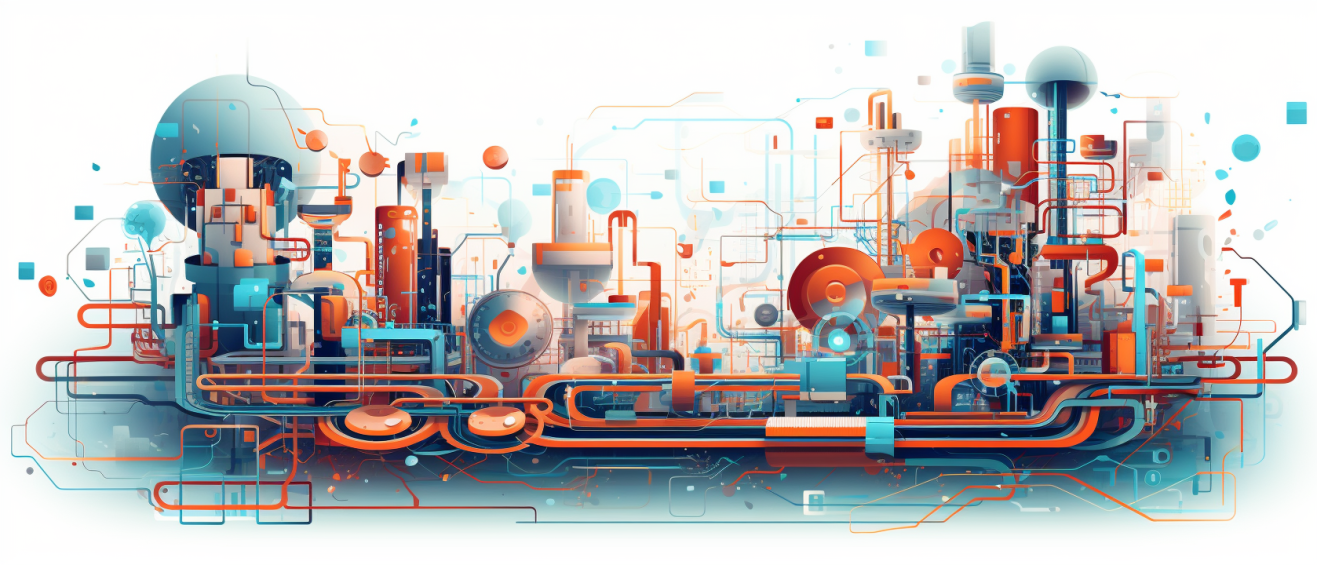
Academic References
- Luo, J., Zhang, D., & Zhou, Y. (2019). Industry 4.0: Smart Factories for Sustainable and Resilient Manufacturing Systems. Journal of Manufacturing Systems, 56. This paper delves into how integrating AI with IoT tech can revamp our factories, making them not just smarter but also greener and better at bouncing back from setbacks.
- Elhoseny, M. A. M., El-Halwagi, M. M., & Abdel-Latif, M. A. (2019). Predictive Maintenance 4.0: Current Status and Future Trends. Computers & Chemical Engineering, 128. Here, the focus is on harnessing the power of data for keeping factory machines in tip-top shape, which means less downtime and more go-time.
- Gao, S., Wang, X., & Lu, J. (2018). Smart Manufacturing: Foundations and Applications of Intelligent Systems. Springer. This book is a treasure trove of info on how AI can give manufacturing a serious tech boost, touching on everything from efficiency rockets to quality upgrades.
- Zayed, A. M., Elhoseny, M. A., & El-Halwagi, M. M. (2019). Artificial Intelligence in Manufacturing: Challenges and Opportunities from a Practitioner's Perspective. Journal of Manufacturing Systems, 55. A real-world look at what it takes to get AI up and running in the factory, from making sure your data's not a mess to teaching your team all the new tricks.
- Kumar, A. R. S., Srivastava, R. K., & Srivastava, S. K. (2018). Predictive Maintenance for Industry 4.0: A Review and Future Trends. Applied Soft Computing, 72. A peek into the future of keeping machines in fighting form, with a nod to how smarts from AI can mean less waste and more savings where it counts.

